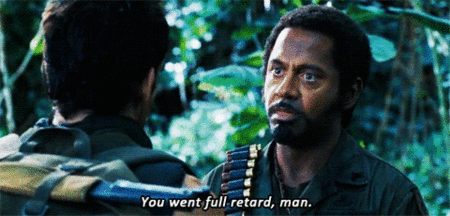- Joined
- Mar 16, 2016
- Messages
- 6,839
- Reaction score
- 9,580
- Age
- 34
- Location
- Land of the Kombucha Mushroom People
Offline
Well, the catastrophe that has been 2020 aside..Here's something cool..
Get ready for an entire new genre of streaming...bugvision!

Get ready for an entire new genre of streaming...bugvision!

A GoPro for beetles: Researchers create a robotic camera backpack for insects
Researchers at the University of Washington have developed a tiny wireless steerable camera that can ride aboard an insect or an insect-sized robot.
www.washington.edu
In the movie “Ant-Man,” the title character can shrink in size and travel by soaring on the back of an insect. Now researchers at the University of Washington have developed a tiny wireless steerable camera that can also ride aboard an insect, giving everyone a chance to see an Ant-Man view of the world.
For journalists
Download photos, b-roll, video
The camera, which streams video to a smartphone at 1 to 5 frames per second, sits on a mechanical arm that can pivot 60 degrees. This allows a viewer to capture a high-resolution, panoramic shot or track a moving object while expending a minimal amount of energy. To demonstrate the versatility of this system, which weighs about 250 milligrams — about one-tenth the weight of a playing card — the team mounted it on top of live beetles and insect-sized robots.
The results were published July 15 in Science Robotics.
“We have created a low-power, low-weight, wireless camera system that can capture a first-person view of what’s happening from an actual live insect or create vision for small robots,” said senior author Shyam Gollakota, a UW associate professor in the Paul G. Allen School of Computer Science & Engineering. “Vision is so important for communication and for navigation, but it’s extremely challenging to do it at such a small scale. As a result, prior to our work, wireless vision has not been possible for small robots or insects.”


